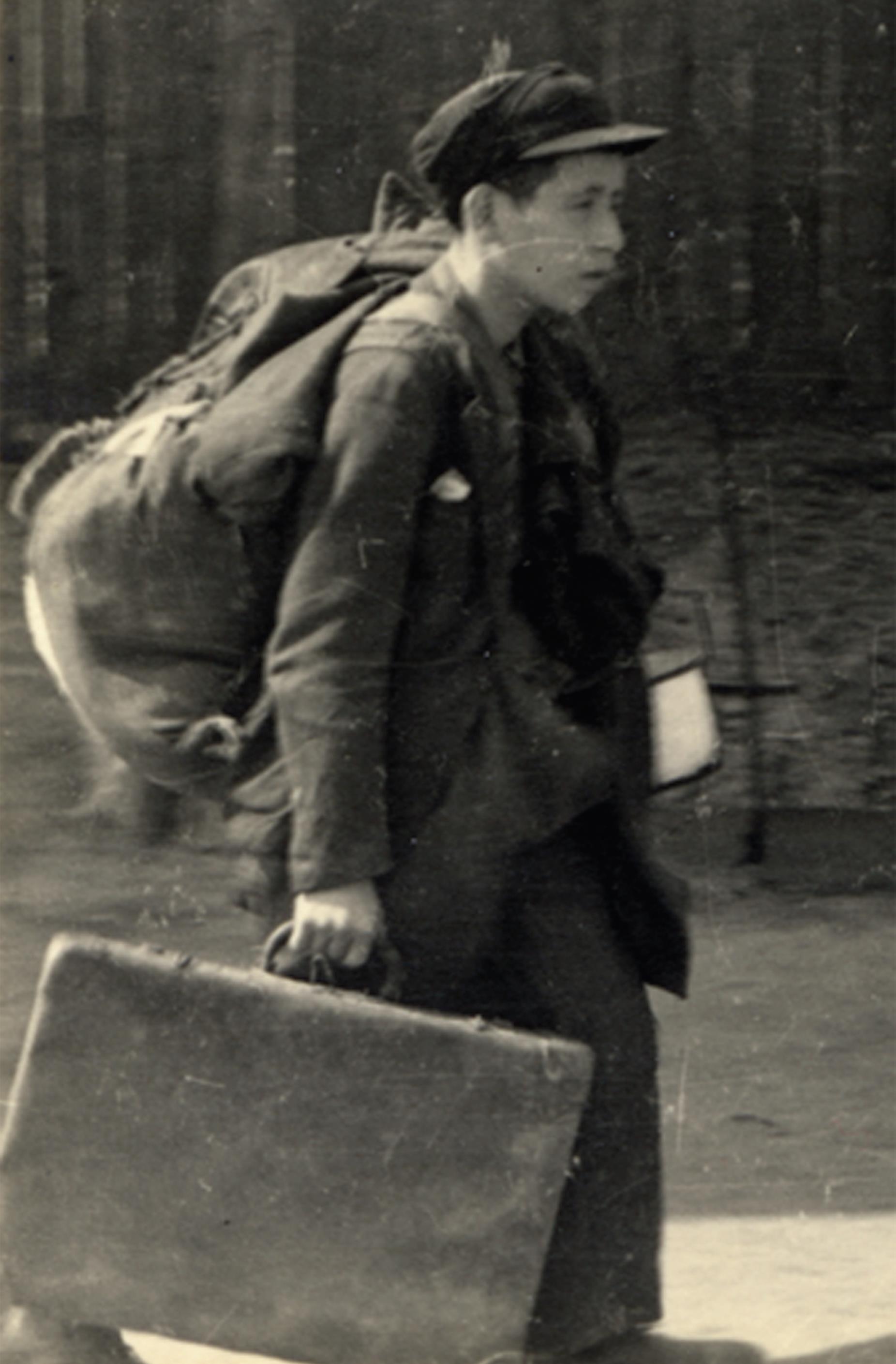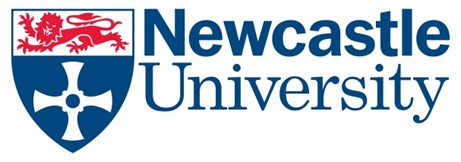Migration
The Nazi era displaced millions of people across Europe, through warfare or persecution. With rising antisemitism even before the war, the Jews were particularly concerned about the wellbeing of their children. Efforts were made to find safe havens for the young. One of the most well-known rescue missions for children was the Kindertransport. About 10,000 Jewish children from Germany, Austria, and Czechoslovakia were saved by bringing them to Britain in the months before the war broke out. Most of these children never saw their families again. Private citizens or welfare organisations had to guarantee payment for each child’s care and education in order to get permission from the British government to bring unaccompanied refugee children into the country.
When the war broke out, it became impossible for many whom the Nazis regarded as their enemies to flee to safety: Jews were no longer allowed to emigrate. Occasionally, though, there were lucky escapes.
The so-called ‘Tehran Children’, a group of about 1,000 Polish Jewish children who had fled into the Soviet Union when war broke out, were eventually allowed to emigrate to Palestine. In 1942, they (and other refugees) were taken to Tehran. They arrived in Palestine in February 1943 – a time when many of their Polish compatriots would have been murdered already.
But for many Jews, old or young, the migrations forced upon them by the Nazis led to their cruel deaths in forests, towns or villages, in ghettos and concentration or extermination camps.

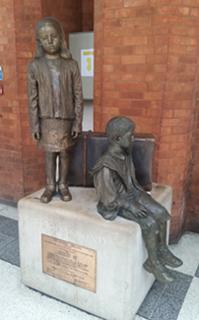
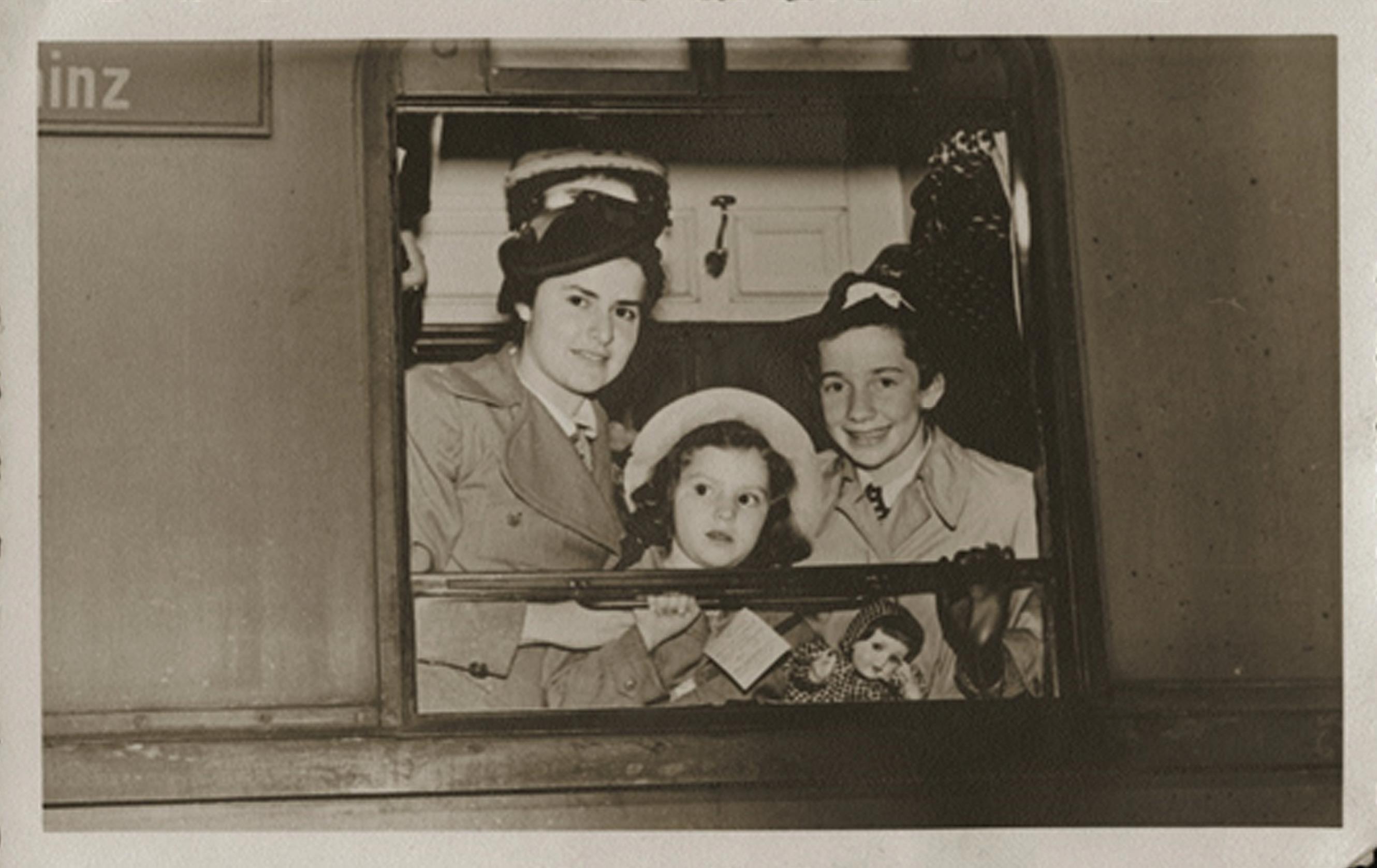
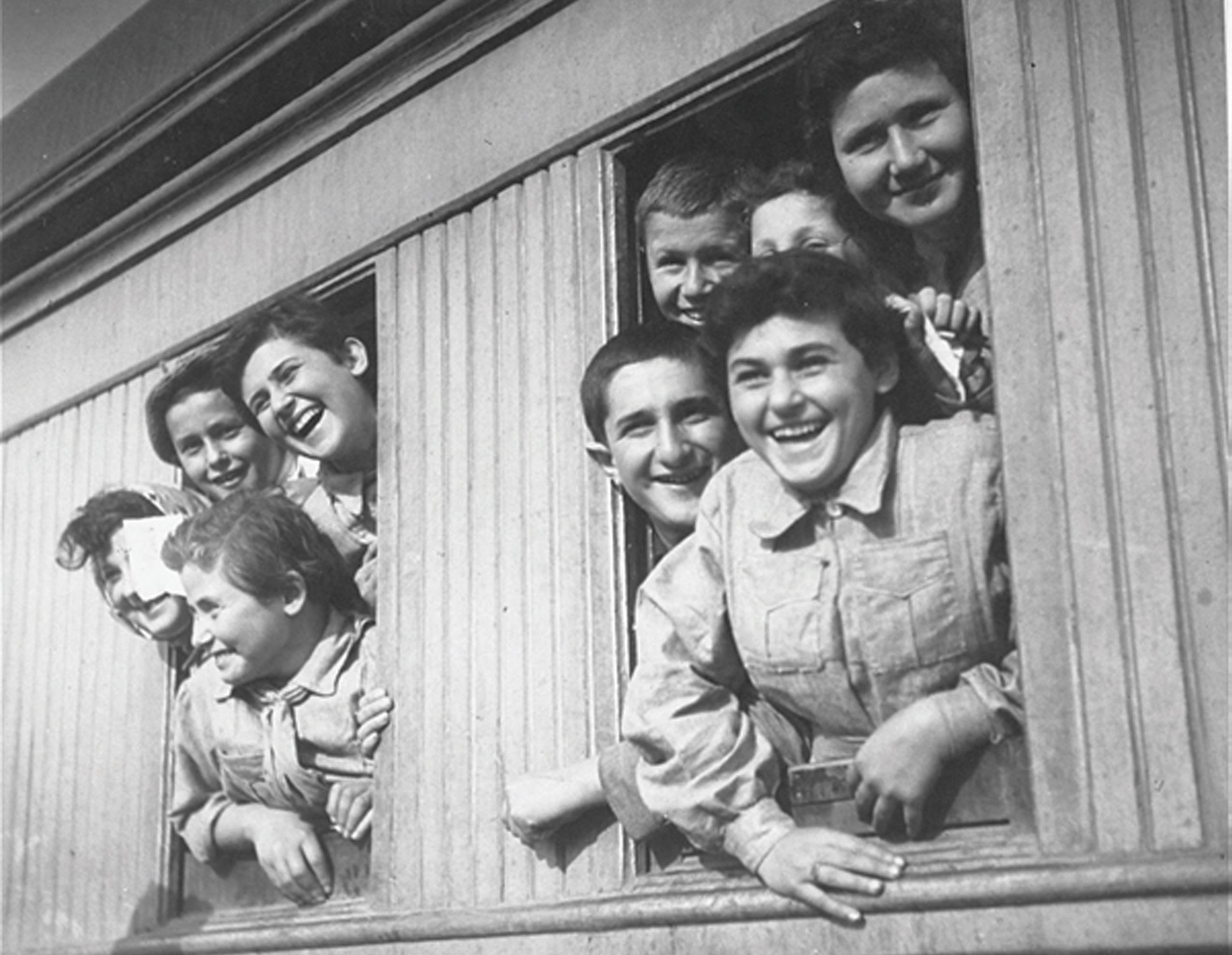 Above: Members of the Tehran children's transport look out of the windows of their train as it pulls into the station in Athlit, Palestine, 1943. (United States Holocaust Memorial Museum, courtesy of David Laor).Right: Teenage boy carrying his belongings on his way to a deportation train, Lodz Ghetto, between 1942 and 1944. (United States Holocaust Memorial Museum, courtesy of Moshe Zilbar).
Above: Members of the Tehran children's transport look out of the windows of their train as it pulls into the station in Athlit, Palestine, 1943. (United States Holocaust Memorial Museum, courtesy of David Laor).Right: Teenage boy carrying his belongings on his way to a deportation train, Lodz Ghetto, between 1942 and 1944. (United States Holocaust Memorial Museum, courtesy of Moshe Zilbar).
